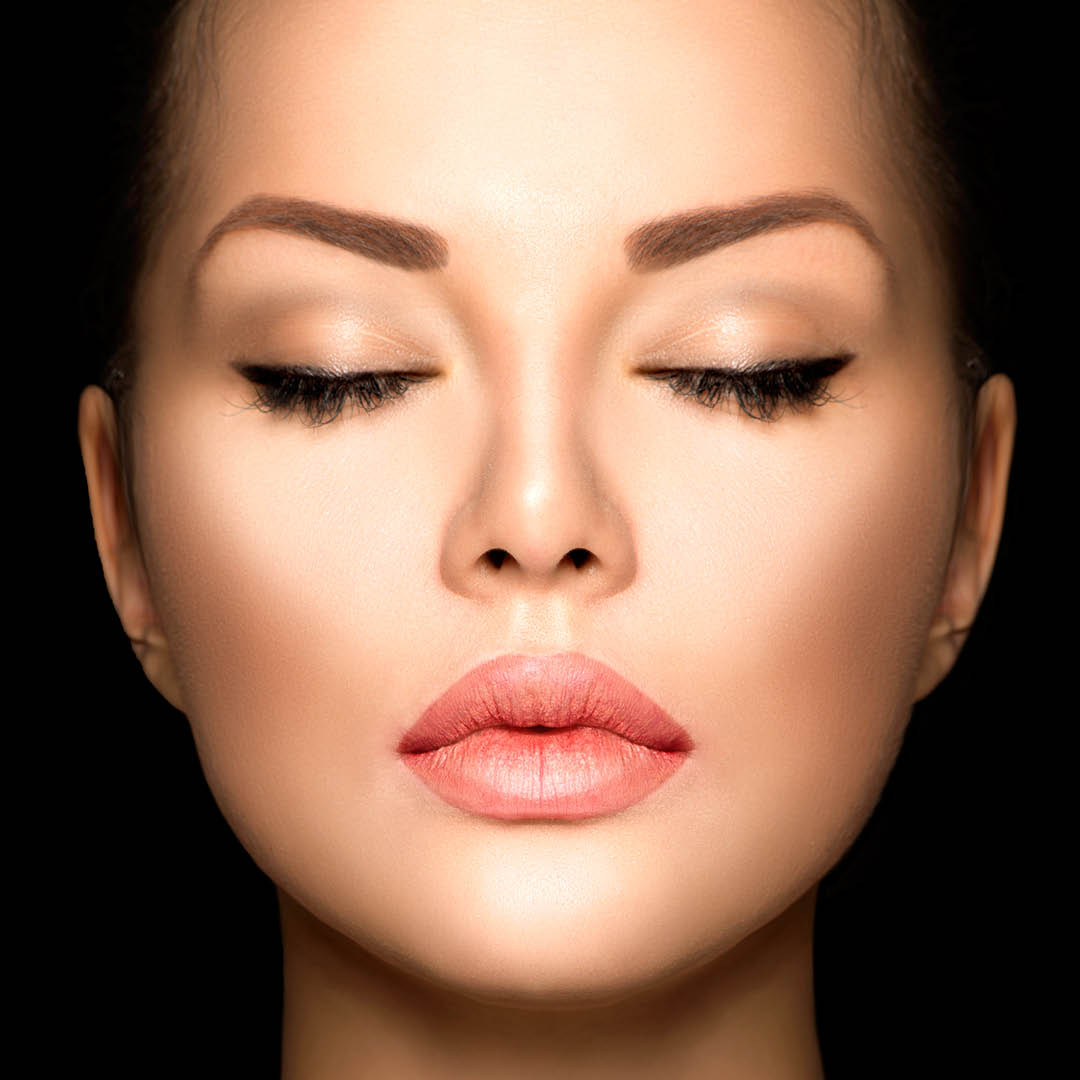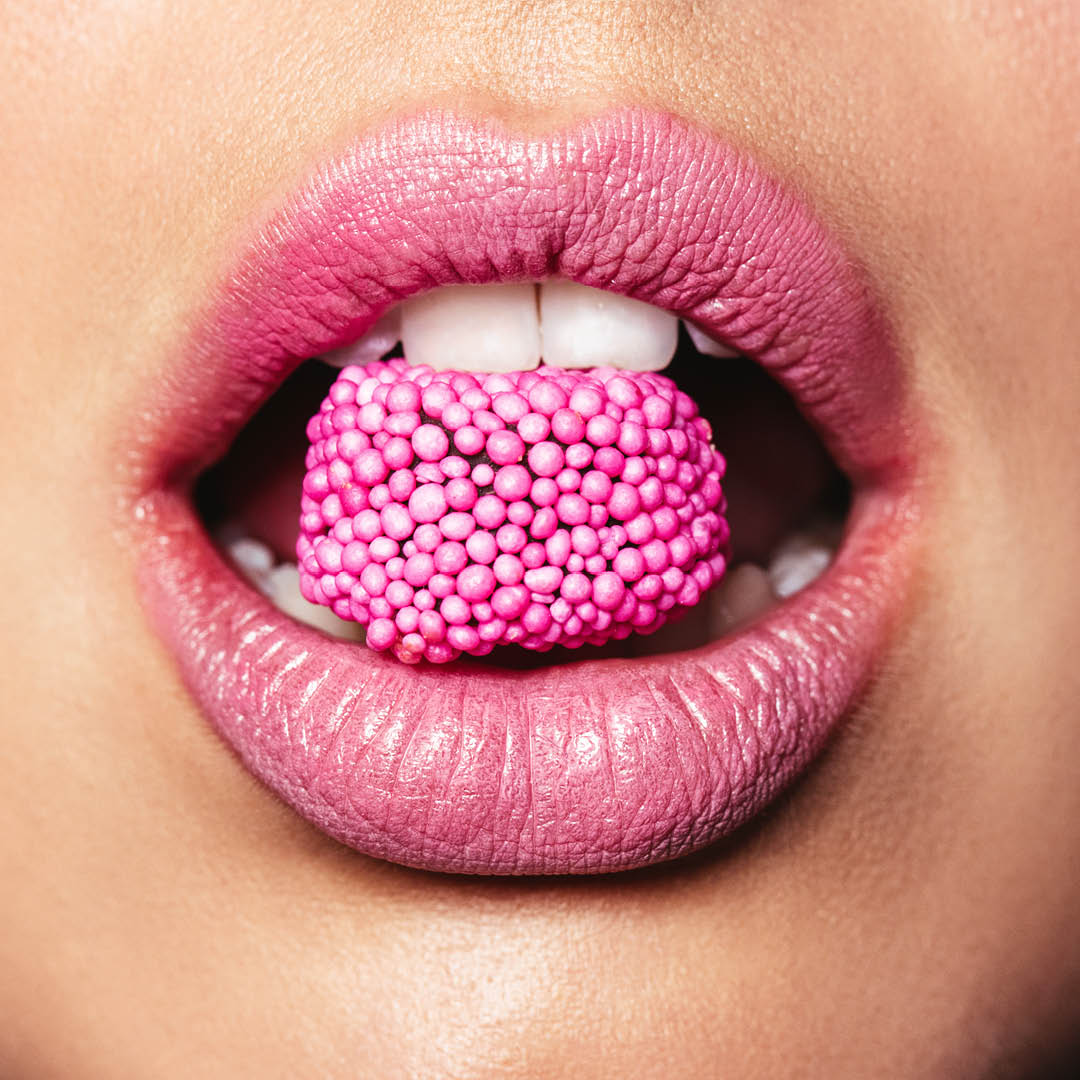Abnormal increased sweating is known as hyperhidrosis. The condition can be caused by obesity, hormonal changes associated with menopause, diabetes, certain medications and an overactive thyroid gland (hyperthyroidism).
Treatment for excessive sweating depends on the cause. In recent years anti-wrinkle injections have been used to block the action of the nerves that control sweat glands, and the effects can last from six to nine months. Prescription antiperspirants are available that contain higher doses of the active ingredient aluminium chloride.
Botulinum Toxin for Sweating
Botulinum Toxin injection work by blocking the nerves responsible for activating your sweat glands. Prior to treatment, your nervous system will activate sweat glands when the body temperature rises. Allowing your body to cools itself.
In people who suffer from hyperhidrosis the nerves that signal the sweat glands are overactive. When treated with botulinum toxin injections directly into the area of the body that commonly sweats, the overactive nerves are essentially paralyzed. The nerves no longer signal your sweat glands, and sweating is drastically reduced. The treatment only prevents sweating in the specific area where it’s injected.
Antiperspirants vs deodorants
Although most people tend to interchange the words ‘antiperspirant’ and ‘deodorant’, they are not the same. Antiperspirants have an aluminium-based compound as their main, active ingredient. This gives them their sweat-blocking ability by forming a temporary plug within the sweat duct that stops the flow of sweat to the skin’s surface. Deodorants, on the other hand, are designed to mask the odour of perspiration. Sweating is a natural process that functions as the body’s cooling system. Breaking a sweat has many health benefits and, far from being undesirable, is essential to overall wellbeing.
Interesting sweat facts
- The body has approximately two to four million sweat glands, weighing a total of approximately 100 grams.
- The most concentrated area of sweat glands is on the bottom of the feet, while the least concentrated area of sweat glands is on the back.
- An average person will secrete one litre per day, increasing to more than 10 litres per day in a hot environment or during vigorous exercise.
- Certain animals, such as dogs, do not have sweat glands. When a dog’s body temperature rises they pant to cool down rather than sweating.
- The expression ‘sweating like a pig’ seems to lose its meaning as pigs do not have functional sweat glands, but cool themselves using water or mud during hot weather.
- While women have more sweat glands than men, men’s sweat glands are actually more active and therefore they tend to sweat more.
- Camels can sweat away up to 30 percent of their body weight, but a human being would die after sweating away just 12 percent of their body weight.
- Although sweating in the underarms is most obvious, the feet contain the most sweat glands in the human body.
- There are more than 250,000 sweat glands in the feet that produce sweat all the time, not just when it’s hot or during exercise as other parts of the body do.
- By producing lots of sweat, the skin stays moist, which means the foot can withstand all the constant flexing, squashing and squeezing that goes on with every step taken.
- Without sweating, the skin on the feet would rapidly become very dry and cracked and walking could become very painful.












